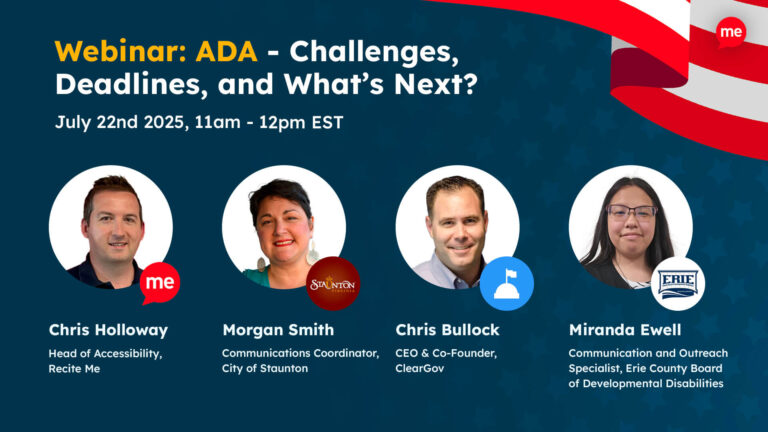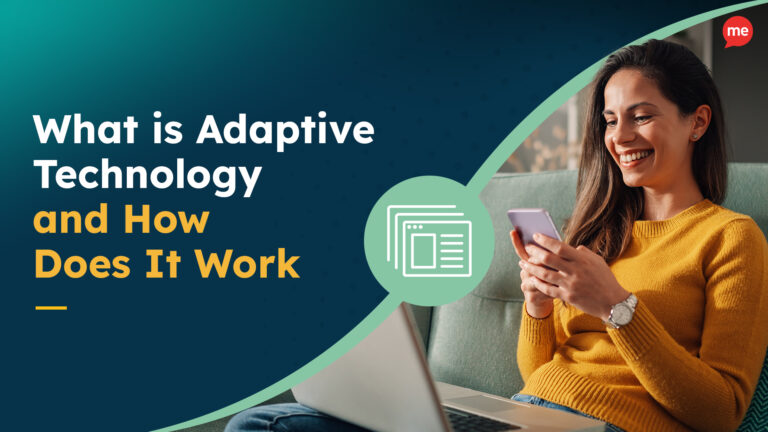Get A Free ADA Compliance Audit Of Your Website
Download NowDid you know that the average internet user spends six hours and 40 minutes online every day?
Online technologies shape our daily lives, helping us streamline personal admin tasks by managing banking, shopping, bill payments, etc., within a few clicks. However, increased reliance on digital platforms has highlighted the need to ensure equal accessibility for individuals with disabilities.
Minnesota is one of the more forward-thinking states in terms of web accessibility legislation. Understanding the various laws and their implications is essential for businesses and organizations operating within the state.
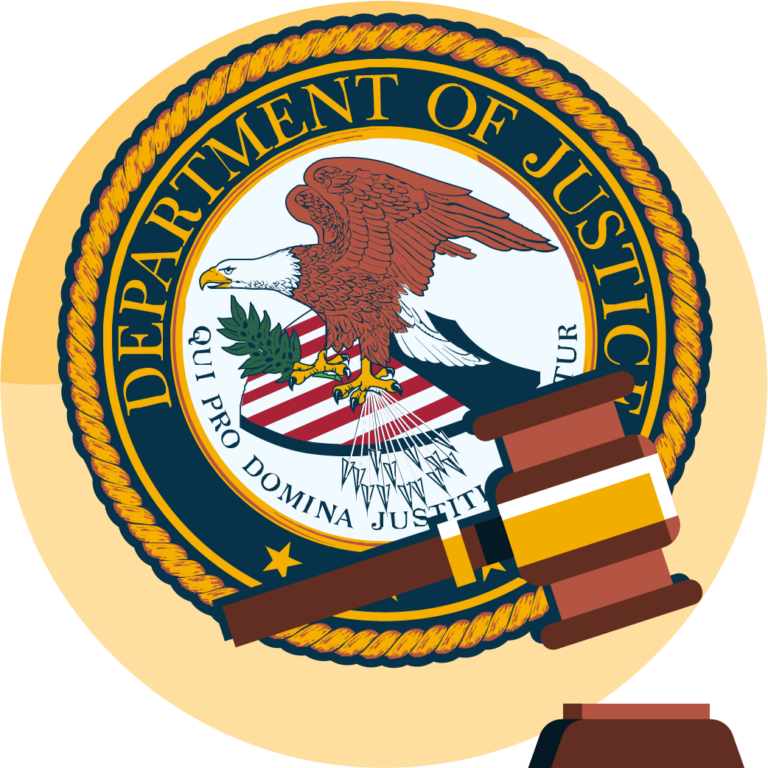
Web Accessibility Laws in Minnesota
Thanks to additional stand-alone state standards for digital accessibility, Minnesota’s legal framework plays a more crucial role in promoting equal access to online services than in other states. Let’s take an in-depth look at the various pieces of accessibility legislation that may affect your organization.
State of Minnesota Accessibility Standard
Minnesota’s standard for enhanced digital accessibility covers a broad spectrum of Information and Communication Technology (ICT) systems, equipment, and processes. Any medium for which the principal function is the creation, manipulation, storage, display, receipt, or transmission of electronic data and information is covered. That list includes, but is not limited to:
- Electronic documents
- Software
- Web applications
- Websites
- Computers and peripheral equipment
- Information kiosks and transaction machines
- Telecommunications equipment
- Customer premises equipment
- Multifunction office machines
- Videos
Originally published in 2010, the first version of the Minnesota Accessibility Standard (MN Statutes 16E.03) required that all State information systems, tools, and information must:
- Comply with WCAG 2.0 Level AA
- Comply with selected provisions of Section 508 unless a written application for exemption was approved.
Subsequent updates in 2013 (MN Statutes 363A.42 and MN Statutes 363.43) added further criteria, which were reinforced by another update in 2018. The updated standards mandated that:
- Additional penalties would apply to agencies with inaccessible public records.
- Any state-administered continuing education or professional development course must be made available in an accessible format.
In a continued bid to promote accessibility for all, the State will adopt a further updated version of the Minnesota Accessibility Standard as of July 1, 2024. The primary difference is that compliance is required in accordance with WCAG 2.1 rather than WCAG 2.0.
The Americans With Disabilities Act
The Americans with Disabilities Act (ADA) of 1990 was a landmark piece of legislation. Initially aimed at addressing physical accessibility barriers faced by individuals with disabilities, the modern-day ADA has evolved to encompass digital spaces, recognizing that websites and online platforms are extensions of physical environments. Both government agencies and public-facing organizations (spanning sectors like banking, healthcare, retail, transportation, and entertainment) are expected to ensure digital ADA compliance.
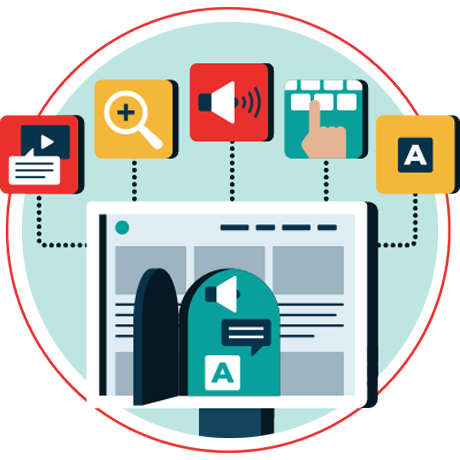
There are five ADA titles in total, of which three are relevant to website accessibility. Titles I and II are relevant to government agencies, whereas Title III also applies to public-facing private entities:
- ADA Title I mandates accessibility in federal employment practices, ensuring that information related to recruitment, hiring, training, and termination is accessible to all.
- ADA Title II focuses on accessibility in public services and programs provided by state and local governments, requiring digital information to be equally accessible to disabled citizens.
- ADA Title III applies to public-facing businesses, requiring them to provide full and equal online access to goods, services, facilities, privileges, and accommodations.
Section 508 of the Rehabilitation Act
Section 508 of the Rehabilitation Act of 1973 is a federal law primarily aimed at government agencies. It requires all electronic and information technology (EIT) used by federal agencies, including websites, software, and other digital assets, to be accessible to individuals with disabilities. The two primary goals of section 508 are to ensure:
- Equal access to information for federal employees with disabilities.
- Members of the public seeking federal information or services have comparable access to data and information.

Free Accessibility Check of your Website
Finding accessibility issues is now easier than ever. Recite Me offers a free automated scan of your website’s homepage to highlight non-compliance. You’ll get recommendations on how to fix them, helping to improve your accessibility score.
What Types of Business Are Affected By Minnesota Web Accessibility Legislation?
It’s a common misconception that – with the notable exception of ADA Title III – web accessibility laws in Minnesota apply primarily to state and federal organizations. However, private companies can be directly affected.
The principles of Section 508 can also apply to associated businesses within the supply chain of any federal or state agency, or any organization that receives government funding. This includes:
- Direct or indirect subcontractors – Like website designers, telecommunications providers, and even construction and engineering teams, etc.
- Non-profit grant recipients – Examples include charities, conservation groups, research institutions, and community development organizations.
- For-profit recipients of federal funding – Including private businesses in sectors spanning healthcare, finance, education, transportation, and more.
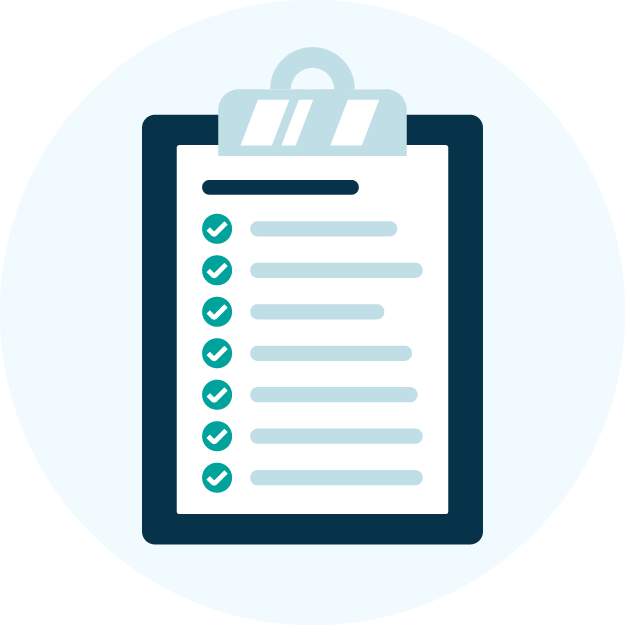
What are The Risks and Consequences of Non-Compliance?
Organizations found to be in breach of the Minnesota Accessibility Standard face financial penalties of $500 per violation, plus reasonable attorney fees and costs.
Companies found to be non-compliant with ADA or Section 508 risk further fines and costly lawsuits. Plus, non-compliant organizations receiving government funding may have their contracts revoked.
However, the risks are not purely financial, as non-compliance can result in several other negative consequences – regardless of whether class action proceeds to the court and whether defendants are found guilty or not guilty of compliance:
- Loss of revenue and limited market reach, as 71% of internet users leave a website they find hard to use.
- Reputational damage due to negative PR and press coverage.
- Reduced employee morale, leading to decreased job satisfaction and retention.
- Enhanced regulatory scrutiny going forward.
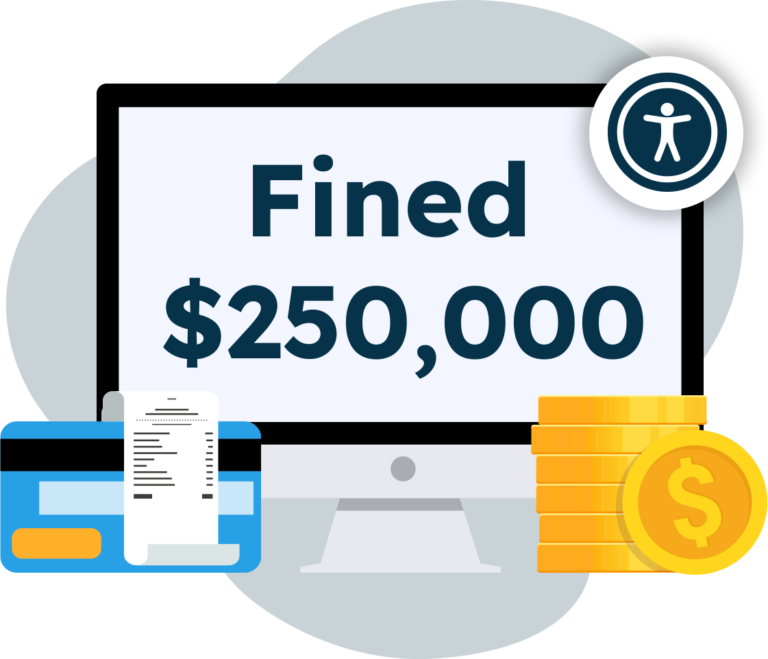
Notable Digital Accessibility Lawsuits in Minnesota
In recent years, the volume of digital accessibility lawsuits has been on the rise across the nation, reflecting a growing awareness of the importance of online accessibility for individuals with disabilities.
As of February, there are already 279 digital accessibility lawsuits on file for 2024 based on ADA criteria alone. Interestingly, 70 have been filed against organizations that have been defendants in previous cases, and 71 are related to third-party accessibility criteria.
Let’s take a look at some examples of Minnesota digital accessibility lawsuits in the last few years.
2020: Noah J. McCourt vs Jennifer Carnahan, Minnesota Republican Party
The Plaintiff: Noah J. McCourt, a disability advocate with autism from Waconia.
The Defendant: Jennifer Carnahan, Minnesota Republican Party
Case Details: McCourt claimed that the Minnesota Republican Party website was not accessible under the WCAG 2.0 accessibility standard as it wasn’t navigable using a mouse.
Outcome: The action was dismissed without prejudice after McCourt failed to communicate with the court and missed the deadline for submitting the required documents.
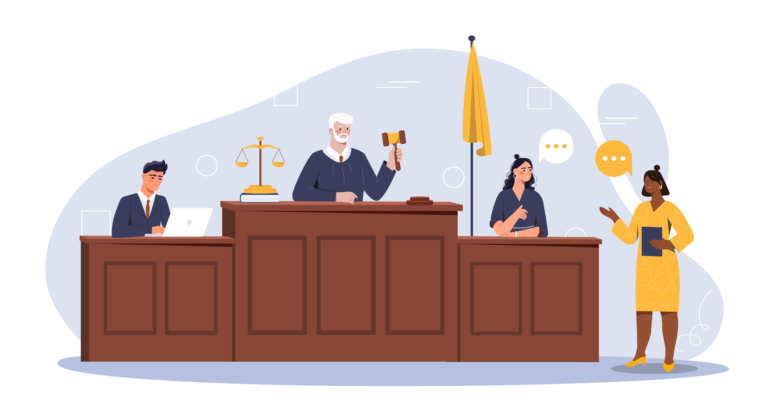
2023: Julie Dalton vs Christopher & Banks Corporation
The Plaintiff: Julie Dalton, a legally blind website user.
The Defendant: Christopher & Banks, a textile, apparel, and luxury goods brand based in Plymouth, MN.
Case Details: Dalton alleged that digital barriers on Christopher & Banks’ website denied screen-reader users full and equal access to important website content.
Outcome: Dalton filed a notice of voluntary dismissal in February 2024.
2023: Julie Dalton vs Simon Property Group, Inc.
The Plaintiff: Julie Dalton, a legally blind website user.
The Defendant: Simon Property Group, one of the world’s leading retail real estate companies.
Case Details: Dalton alleged that the company’s website was not sufficiently accessible for people with vision impairments.
Outcome: A scan for third-party accessibility overlays was conducted in September 2023. None were detected. Dalton filed a notice of voluntary dismissal in January 2024.
The Importance of WCAG Compliance
Both federal and state legislation use Web Content Accessibility Guidelines as a base for ensuring digital content is perceivable, operable, understandable, and robust. Prioritizing WCAG compliance is therefore a significant foundational step towards fostering an inclusive online environment and mitigating legal risks associated with the Minnesota Accessibility Standard, ADA, and Section 508.
Stay ahead of the game when it comes to Digital Accessibility laws and compliance in the United States. Learn about all the different federal and state-level regulations, see real examples of web accessibility lawsuits in different regions and discover a 7-step action plan for building accessible websites.
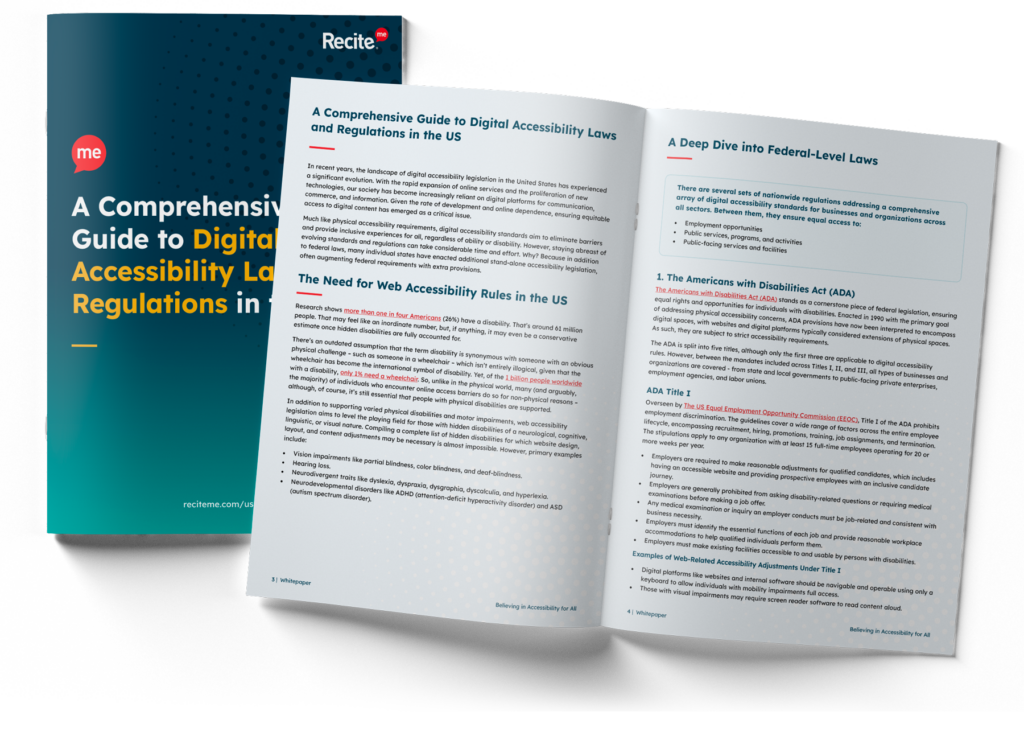
How To Make Your Website Compliant with Recite Me
Ensuring your website is accessible and legally compliant is an ongoing process that requires dedication and the right tools. Investing in accessibility software saves you time by pinpointing areas of weakness and identifying what needs to be improved.
Recite Me’s suite of accessibility on-demand tools helps ensure legal compliance by enhancing your website build, boosting usability, and demonstrating an ongoing commitment to accessibility.
The Recite Me Accessibility Checker
The Recite Me Accessibility Checker is a powerful tool that audits back-end and front-end web development processes using 396 separate compliance scans. Once non-compliant elements have been identified, the software automatically generates a prioritized fix queue based on WCAG criteria, ensuring the most vital updates are performed swiftly.
Schedule a free demonstration or run a free scan today!
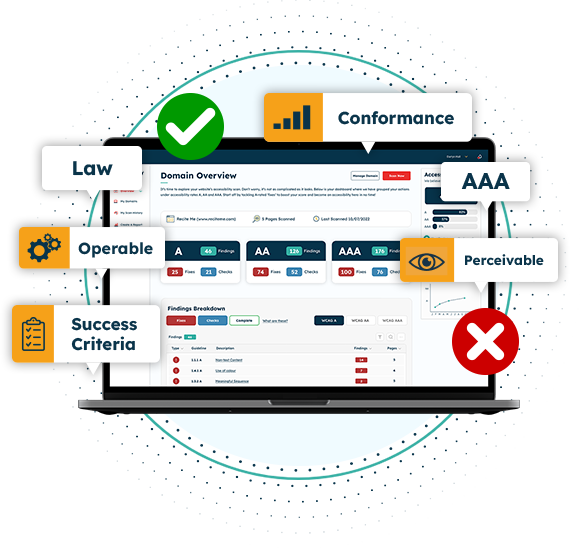
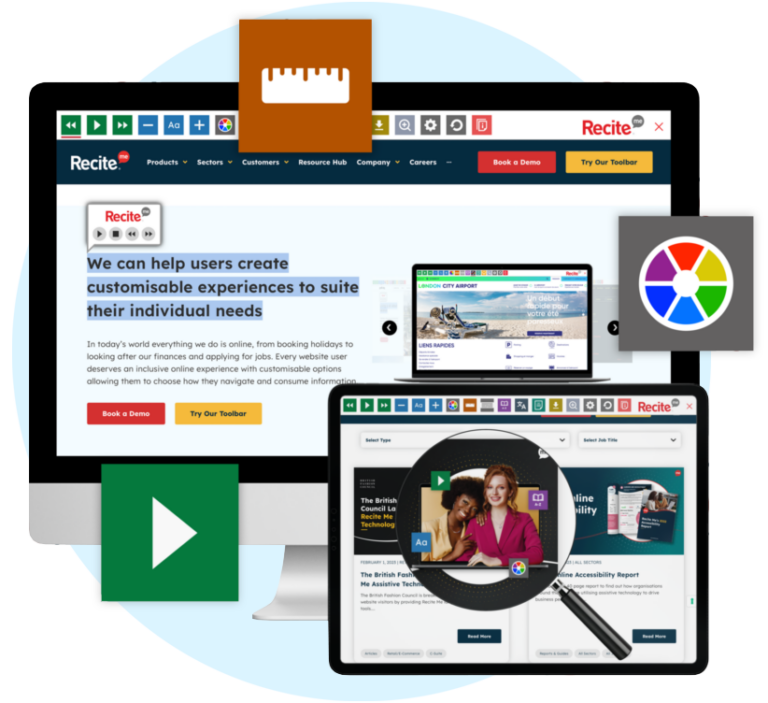
The Recite Me Toolbar
The Recite Me Toolbar promotes inclusivity by allowing users with various needs and preferences to make adjustments for ease of navigation and reading. With tools accounting for font, color, language, text-to-speech, and text-to-audio preferences, and more, the toolbar helps individual users with a broad spectrum of disabilities, including:
- Physical mobility issues
- Visual impairments
- Hearing loss
- Neurodivergent traits
- Attention disorders
- Language and literacy problems
- Learning disabilities
Schedule a free demonstration, or try the toolbar today!
The Recite Me Accessibility Statement Generator
Displaying a web accessibility statement for your website clearly indicates the level of accessibility with which you currently comply, and details further improvement you have planned for the future. There’s no specific law that requires you to write an accessibility statement, but that doesn’t mean you shouldn’t have one.
Recite Me’s Free Accessibility Statement Generator composes tailored statements ready for immediate upload. Fill in our quick form today to generate and download yours.

